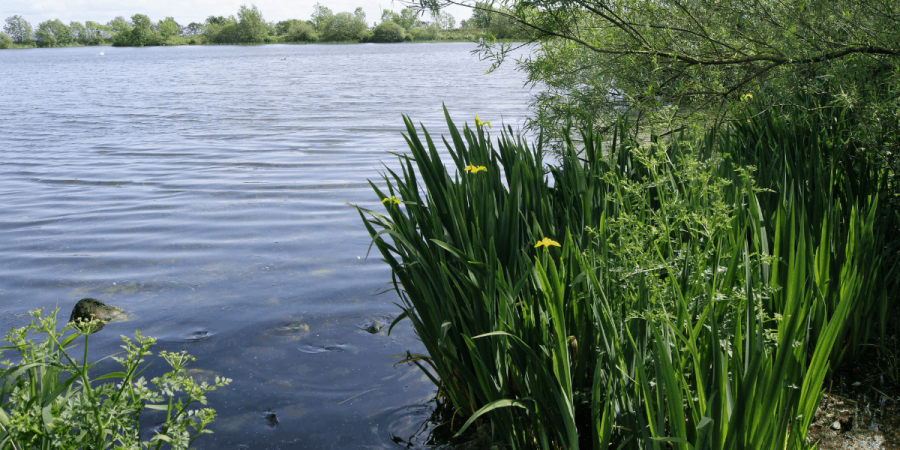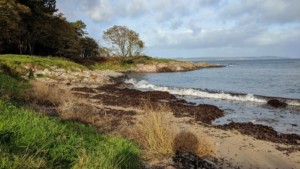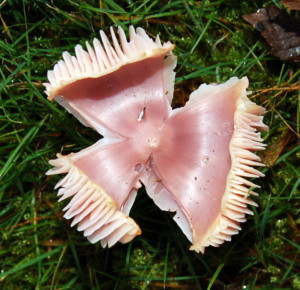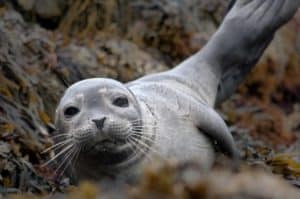Over the last decade, RSPB NI has led the restoration and sustainable management of wet grassland at Lough Beg ASSI (Area of Special Scientific Interest) with NIEA, farmers, and several other central and local government organisations.
Unfavourable conditions for breeding waders
In 2008, a condition assessment showed the wet grassland was in unfavourable condition and RSPB NI took swift action and developed the Lough Beg management plan, which identified the pressures and threats affecting the site, and what solutions were needed while also supporting farmers to restore the habitat and address the bespoke needs of breeding waders. A co-ordinated land management system was developed and implemented.
Grassland restoration
The Lough Beg Management Plan contained individual farm plans, each identifying the solutions that the farmer could implement. Solutions included grazing regimes, and rush/scrub control in order to achieve the vegetation structure required. In addition, to overcome almost annual spring and summer flood events of low lying wet grassland, to prevent the loss of nests, and provide suitable conditions for managing the site through grazing or machinery intervention, water level management trials were undertaken with Rivers Agency. A new approach is in place, involving a sequencing of gate openings at the floodgates at Toome, to manage water levels in Lough Neagh, while avoiding spring/summer flooding at Lough Beg.
The results
- In the 2014 condition assessment as the land was in favourable condition once more.
- Since 2008, breeding wader numbers have doubled, from 51 pairs present, the site often reports around 100 pairs annually.
- The many barriers that were in the way of farmers achieving success for waders at Lough Beg in 2008 have largely been removed, and several farmers have won environmental awards for their efforts to restore wet grassland over the past decade.
- For the first time since the ASSI designation took place in 1987, it is possible for community-led co-ordinated conservation across this landscape. There is an engaged community. Farmers right across the site are currently delivering agri-environment agreements that target wet grassland and waders.
Future plans
Long-term focus and support is required to ensure the site goes from strength to strength. The past decade marks the beginning of a breeding wader recovery at Lough Beg, and around Lough Neagh. A baseline survey carried out in 1987 showed that the site carried approximately 300 pairs of breeding waders, and so there remains much to do to maintain focus. Curlews have been absent as a breeding species throughout the past decade and it would be our ambition to bring back this endangered species to the site.
Key considerations going into the next decade include:
- protecting ground nesting waders from spring and summer flooding and predation,
- providing access for farmers to specialist machinery and livestock for managing complex wetlands.
- Sustainable public access for recreation/tourism
Learn more about what Northern Ireland is doing to become "Nature Positive" and combat biodiversity decline
The Northern Ireland Environment Agency (NIEA) is one of 5 UK statutory nature agencies to produce a joint Nature Positive 2030 Report, published on 22nd September 2021.
The Nature Positive 2030 Report sets out how the UK can meet its commitments in the Leaders’ Pledge for Nature, and ensure that nature’s recovery plays a critical role in our path to Net Zero.
Multi-award winning author and naturalist from Northern Ireland, Dara McAnulty explains why we need to act now to tackle biodiversity loss and climate change.



